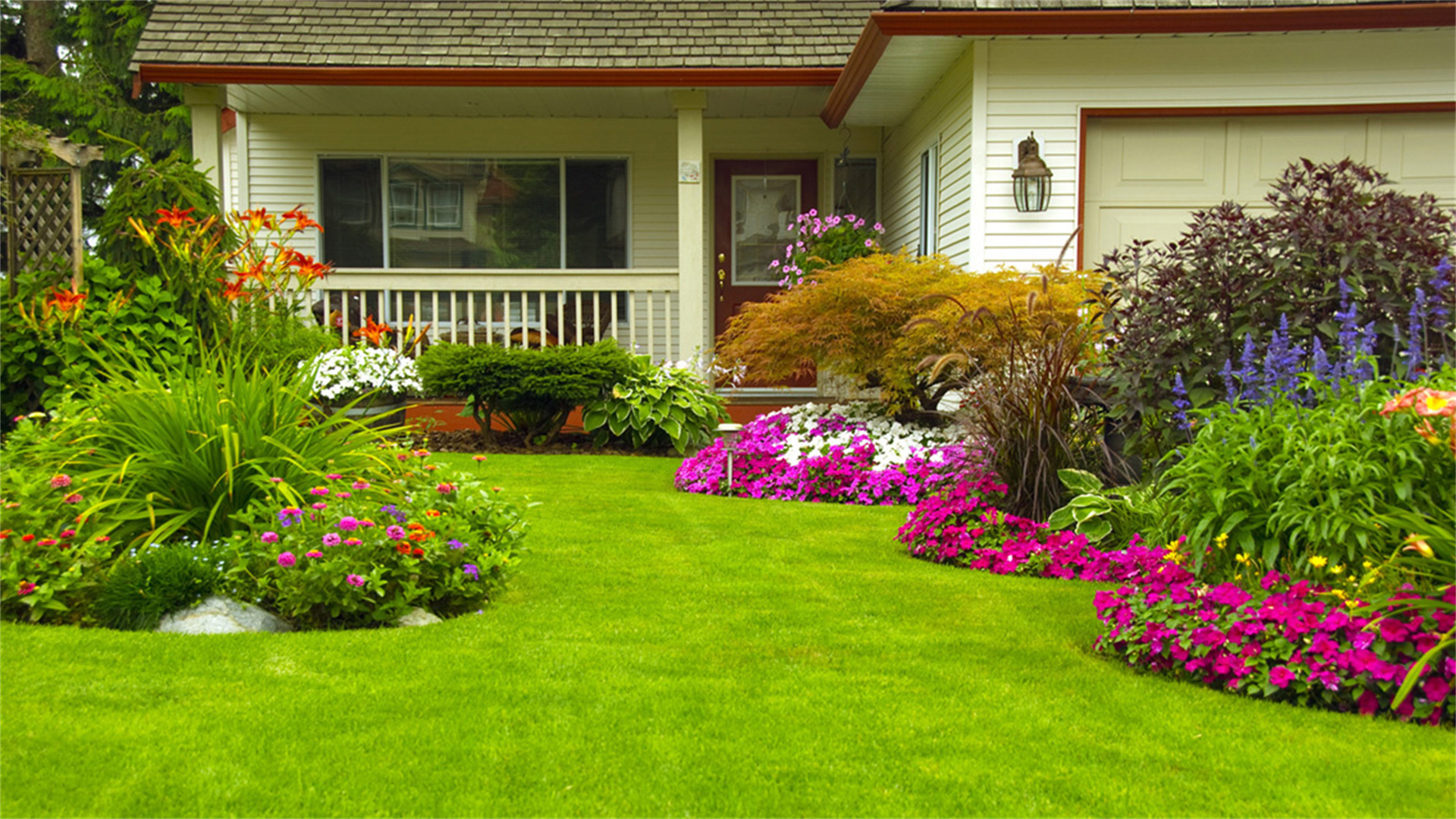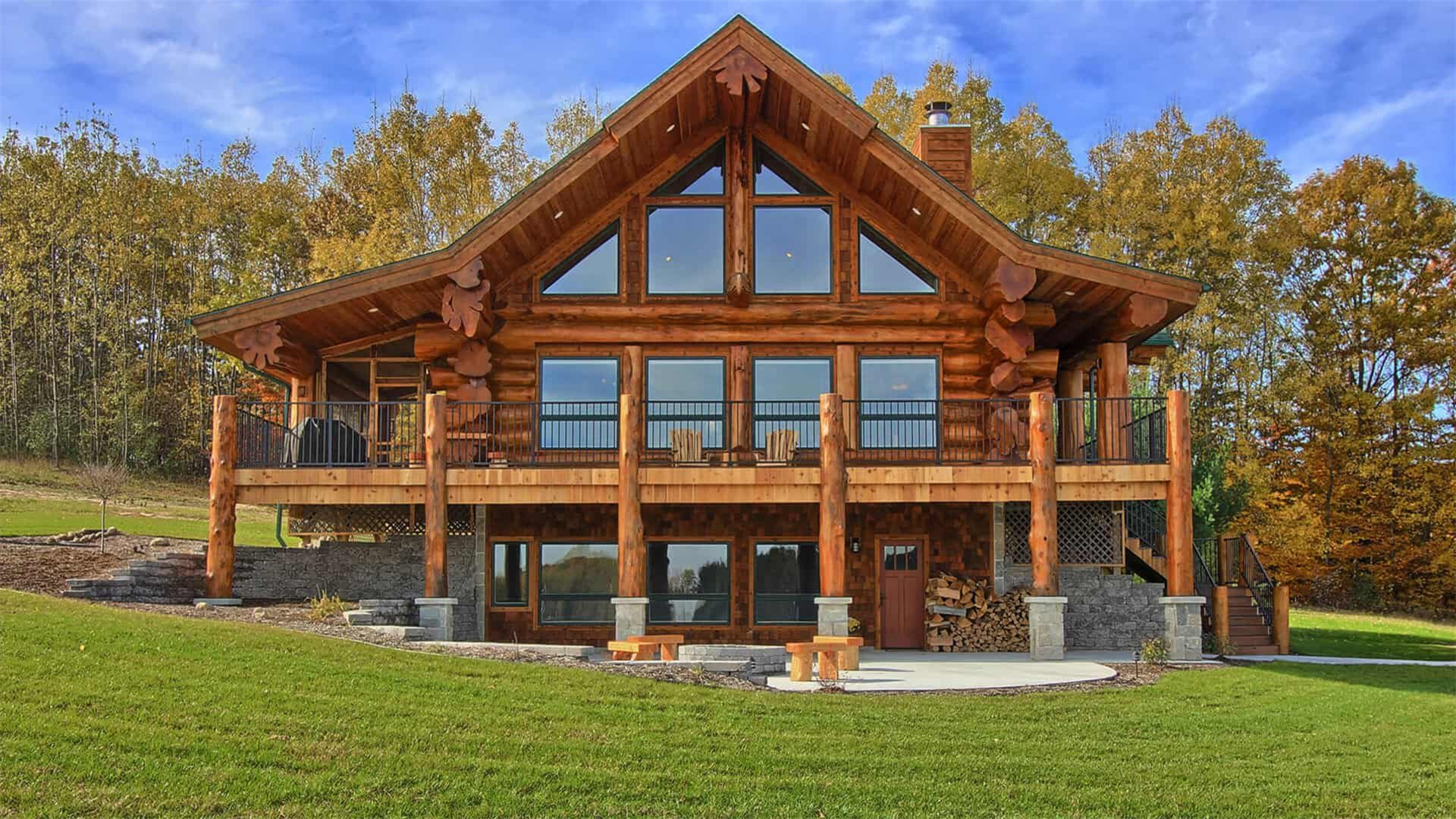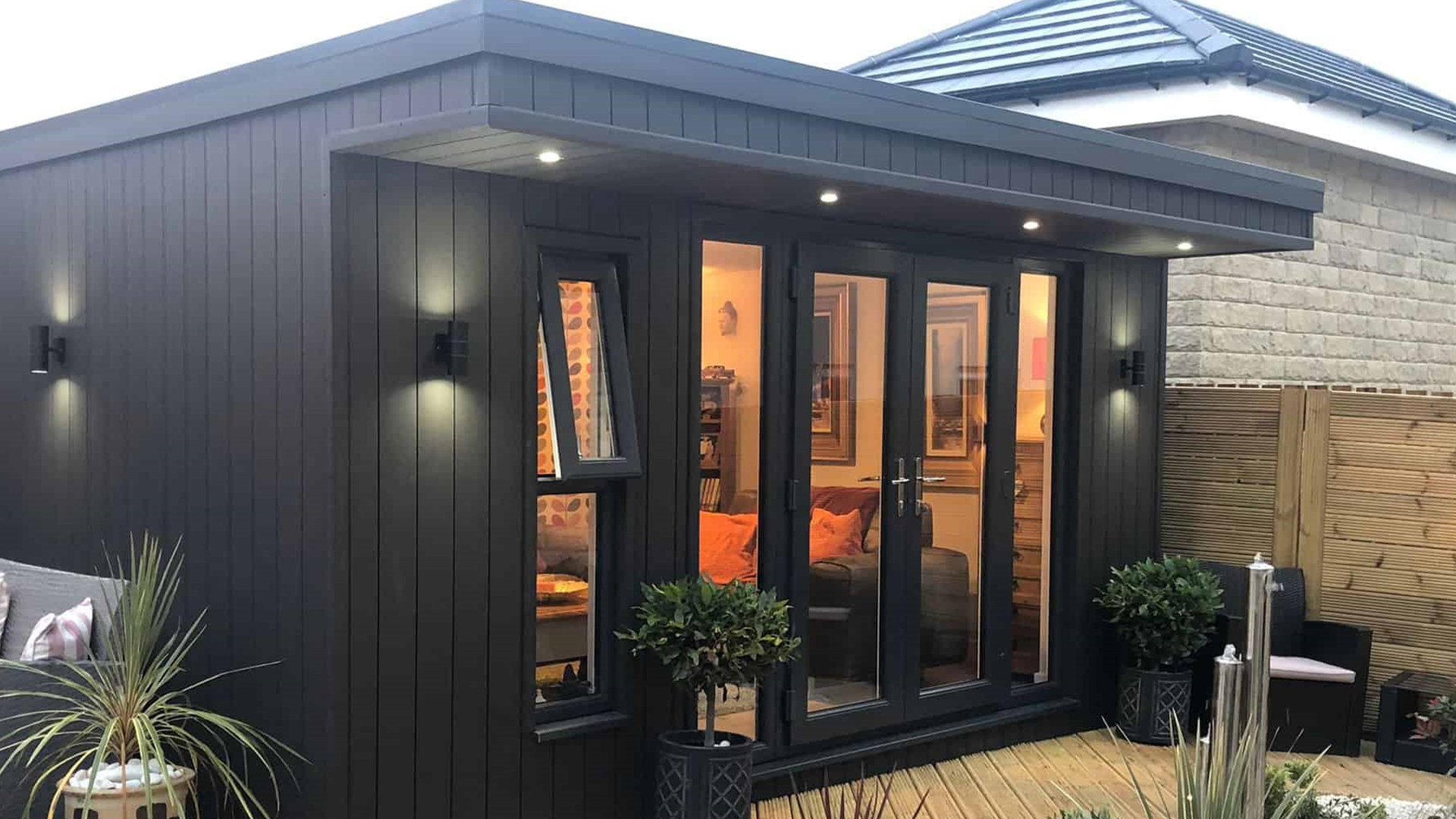DIY Design Strategies to Expand Your Compact Living Area
Living in a confined space doesn't have to mean feeling trapped. By utilizing innovative DIY techniques and adopting a creative design mindset, you can transform even the tiniest room into a space that feels open, airy, and surprisingly spacious. Whether you're dealing with a studio apartment, a small home office, or a compact bedroom, these comprehensive tips will help you create more visual space—all while keeping costs within your budget.

1. Embrace Light Colors—Your Ultimate Ally
Color is the first thing that catches the eye when entering a room. Light, neutral shades like soft whites, creamy beiges, pale grays, and pastel hues naturally reflect light, making a room appear larger. Here are some specific DIY painting and decorating ideas:
Walls: Opt for white or off-white walls to create a clean, expansive canvas. If you want a bit more warmth, consider shades with a subtle undertone, such as a soft white with a hint of gray or beige.
Furniture: Choose light-colored furniture that harmonizes with the walls. For example, a light-colored sofa or a beige armchair can blend seamlessly into the space.
Consistency: Maintain a uniform color palette throughout the space to ensure visual continuity. This means using similar light shades for curtains, rugs, and other decorative elements.
Ceilings: Painting the ceiling a slightly lighter shade than the walls can draw the eye upward, adding a sense of height. For instance, if your walls are a soft beige, paint the ceiling a very light cream.
Extended Tip: Experiment with different shades of white and beige to find the one that best suits your lighting conditions. Soft whites with a hint of gray or beige can add warmth without compromising the sense of space. You can test small samples on the walls before committing to a full paint job.
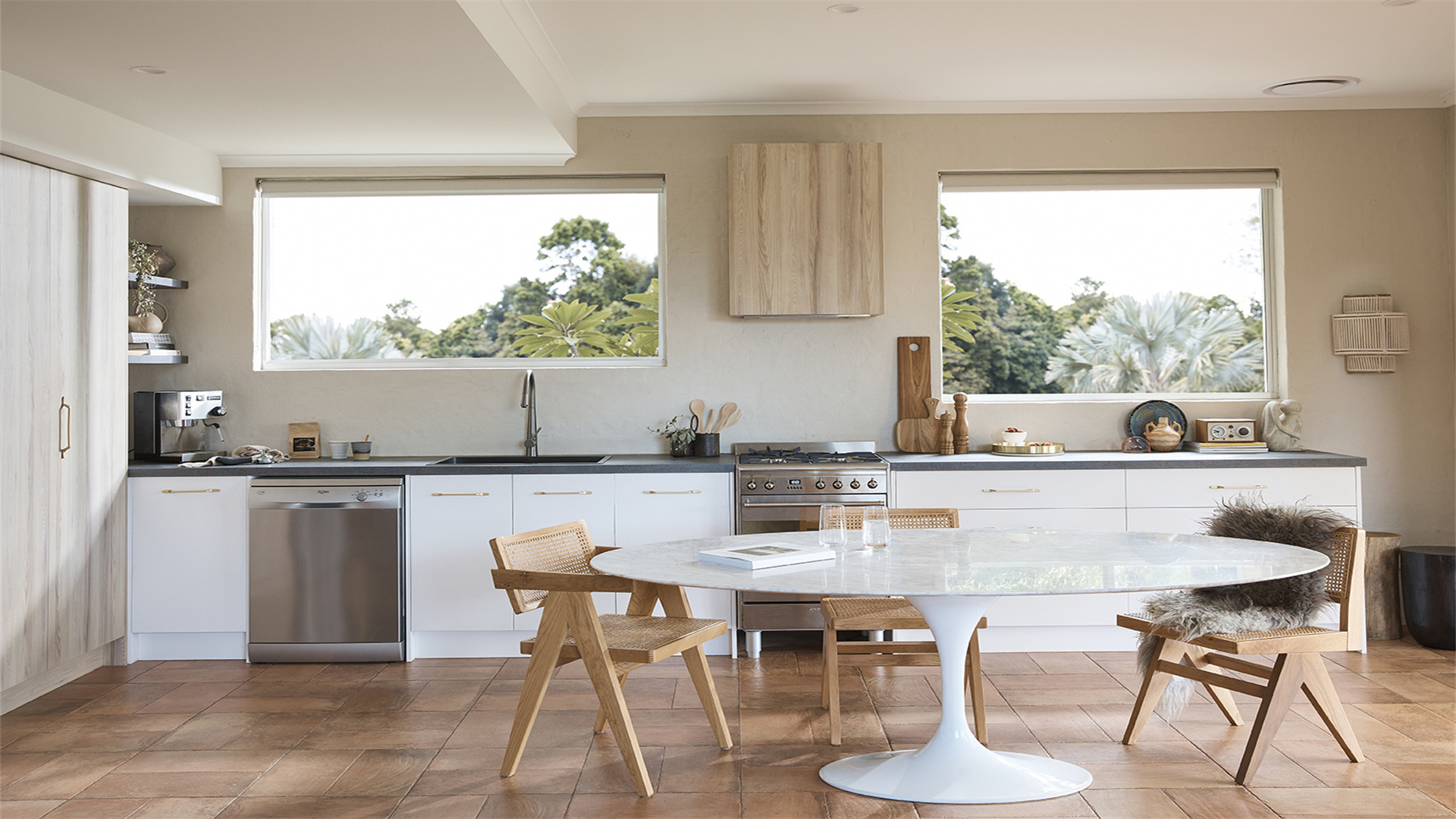
2. Amplify Space with Mirrors
Mirrors are a classic trick that can work wonders in small spaces. They reflect light and distribute it throughout the room, instantly doubling the perception of space. Here are some creative DIY mirror ideas:
Window Placement: Hang a large mirror opposite a window to reflect natural light. This will make the room feel brighter and more open. You can choose a simple rectangular mirror or a more decorative one with an ornate frame.
Closet Doors: Replace traditional closet doors with mirrored ones to make the room feel deeper. This is especially effective in bedrooms or dressing areas. You can either buy pre-made mirrored closet doors or create your own by attaching mirrors to existing doors.
Gallery Wall: Create a gallery wall using small mirrors with varied frames for a stylish and expansive effect. Mix and match different shapes and sizes of mirrors, such as round, square, and rectangular ones, to add visual interest.
Extended Tip: For a unique touch, consider using antique mirrors or mirrors with a distressed finish. These can add character while still serving the purpose of expanding space. You can find antique mirrors at flea markets or thrift stores and give them a new lease on life with a bit of cleaning and restoration.

3. Maximize Natural Light
Natural light can transform any space, making it feel bigger, cleaner, and more welcoming. If you lack large windows, there are still ways to enhance the light:
Curtains: Replace heavy curtains with sheer ones or omit curtains altogether. Sheer curtains allow light to filter through while still providing some privacy. If you prefer to have curtains, choose light-colored ones in a lightweight fabric.
Window Care: Regularly clean your windows to maximize the amount of light entering the room. Dirty windows can block a significant amount of light, making the room feel darker and smaller. Use a good-quality window cleaner and a microfiber cloth for streak-free results.
Reflective Surfaces: Incorporate reflective or metallic surfaces in your décor to bounce light around. For example, you can use a metallic coffee table, a mirror-topped side table, or metallic picture frames.
Extended Tip: Consider installing a skylight or light tube if possible. These can bring in additional natural light, especially in rooms without direct access to windows. Skylights are a more permanent solution, while light tubes are relatively easy to install and can be a great option for rented spaces.
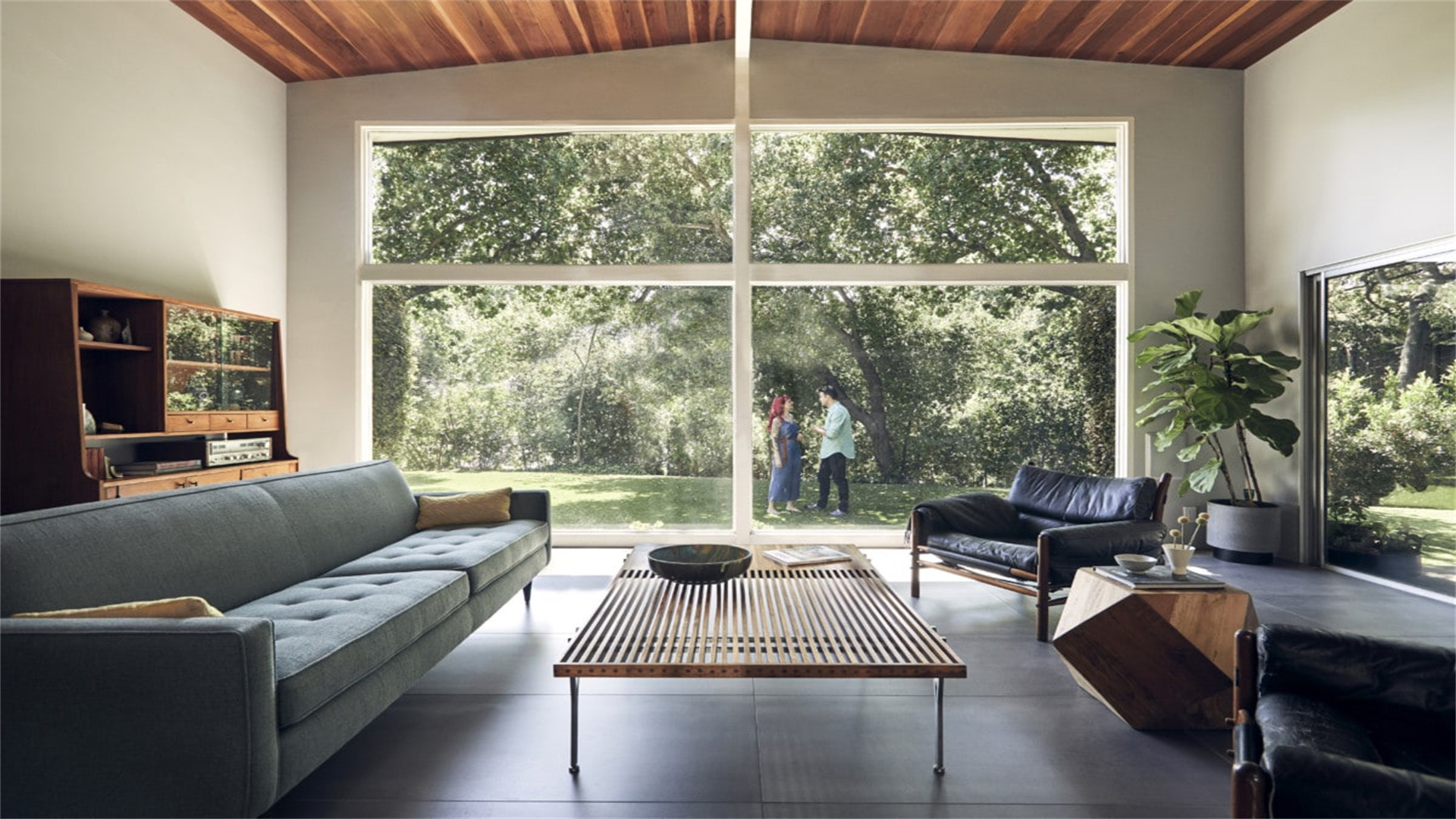
4. Opt for Multi-Functional Furniture
In compact spaces, every piece of furniture must serve multiple purposes. Think dual-functionality:
Storage Ottomans: Choose ottomans that open up for storage. You can use them to store blankets, pillows, or other items, while also providing a place to sit or rest your feet.
Under-Bed Storage: Opt for beds with drawers underneath. This is a great way to store seasonal clothing, extra bedding, or other items that you don't need to access frequently.
Fold-Away Desks: Use wall-mounted desks that can be folded away when not in use. This is ideal for small home offices or study areas. When the desk is not in use, you can fold it up to create more floor space.
Extended Tip: Repurpose old furniture to serve new functions. For example, a vintage ladder can be transformed into a stylish bookshelf or a plant stand. You can sand it down, paint it, and add some shelves or hooks to create a unique and functional piece of furniture.
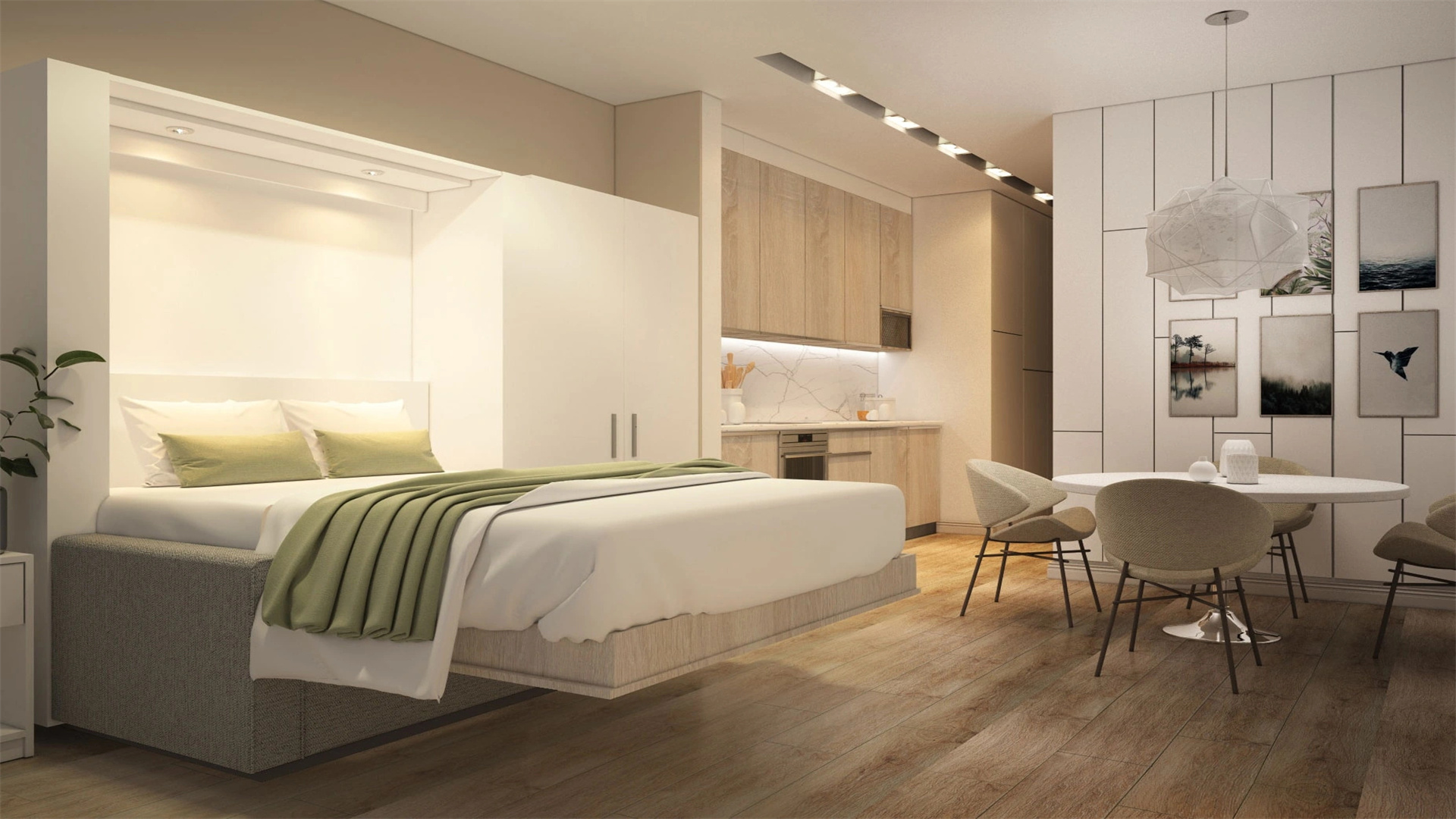
5. Create the Illusion of Height
Low ceilings can make a room feel cramped. The goal is to trick the eye into perceiving the space as taller:
Curtain Placement: Hang curtains as close to the ceiling as possible, even if your windows are shorter. This will draw the eye upward and create the illusion of taller ceilings. Choose long curtains that reach the floor for a more dramatic effect.
Vertical Stripes: Use vertical stripes on walls or décor to draw the eye upward. You can paint vertical stripes on the walls, use wallpaper with vertical patterns, or add vertical elements such as tall bookcases or floor lamps.
Open Shelving: Build open vertical shelving units for both storage and a sense of height. Open shelves allow light to pass through, making the room feel more open and airy. You can use them to display books, decorative items, or plants.
Extended Tip: Consider using tall, narrow furniture pieces, such as bookcases or armoires, to enhance the vertical space in the room. These pieces of furniture will draw the eye upward and make the room feel taller.
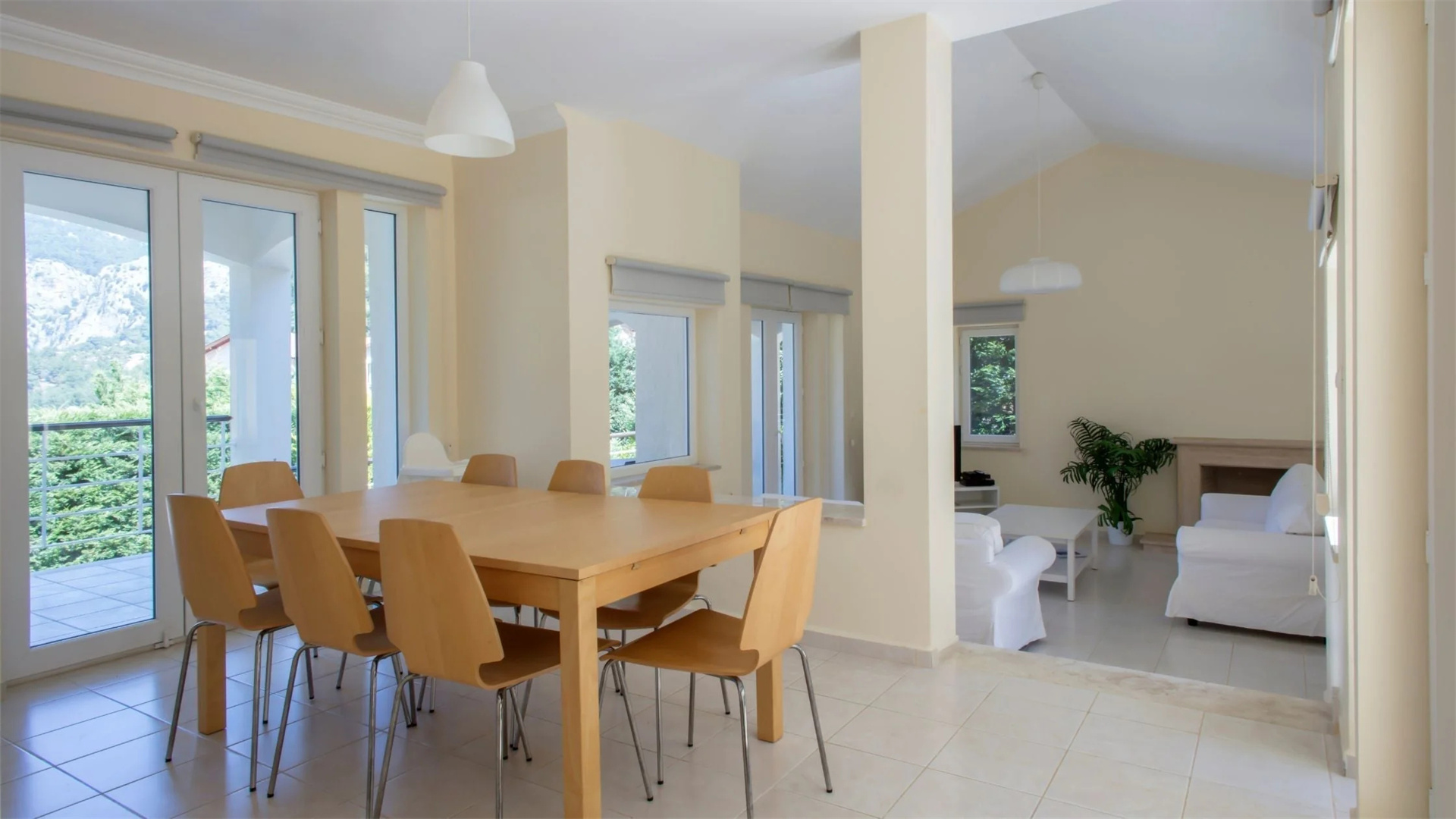
6. Declutter with Precision
Clutter can quickly make a room feel smaller. The good news is that decluttering is a DIY task that costs nothing. Focus on:
Clear Surfaces: Keep countertops and tabletops clear of unnecessary items. Only keep items that are essential or decorative on these surfaces. For example, you can display a vase of flowers or a small sculpture on a coffee table, but avoid cluttering it with magazines, remote controls, and other items.
Organized Storage: Store small items in labeled bins or baskets. This will help you keep track of your belongings and make the room look more organized. You can use clear bins or baskets so that you can easily see what's inside.
Letting Go: Discard anything you don’t use or love. This can be a difficult task, but it's essential for creating a more spacious and organized living environment. You can donate or sell items that are still in good condition, and recycle or throw away items that are broken or no longer usable.
Extended Tip: Create a decluttering schedule to tackle one area at a time. This will make the process more manageable and less overwhelming. For example, you can start by decluttering your closet, then move on to your kitchen cabinets, and so on.

7. Choose Low-Profile Furniture
Furniture with a low profile gives the illusion of taller ceilings and more headspace. Opt for:
Sofas: Choose sofas with lower backs and exposed legs. This will make the sofa look less bulky and create a more open and airy feel in the room. You can also choose sofas with simple, clean lines for a modern look.
Beds: Platform beds are a better choice than tall bedframes. Platform beds are lower to the ground and don't have a bulky headboard or footboard, which can make the room feel more spacious. You can add a headboard later if you want, but choose a simple, low-profile one.
Coffee Tables: Coffee tables that sit low to the ground can enhance the sense of space. Choose a coffee table that is the same height as or slightly lower than your sofa seats. This will create a more cohesive and spacious look in the living room.
Extended Tip: Consider furniture with legs that are slightly tapered or angled, as these can create a more open and airy feel. For example, a sofa with angled legs or a coffee table with tapered legs will look less heavy and more elegant in a small space.
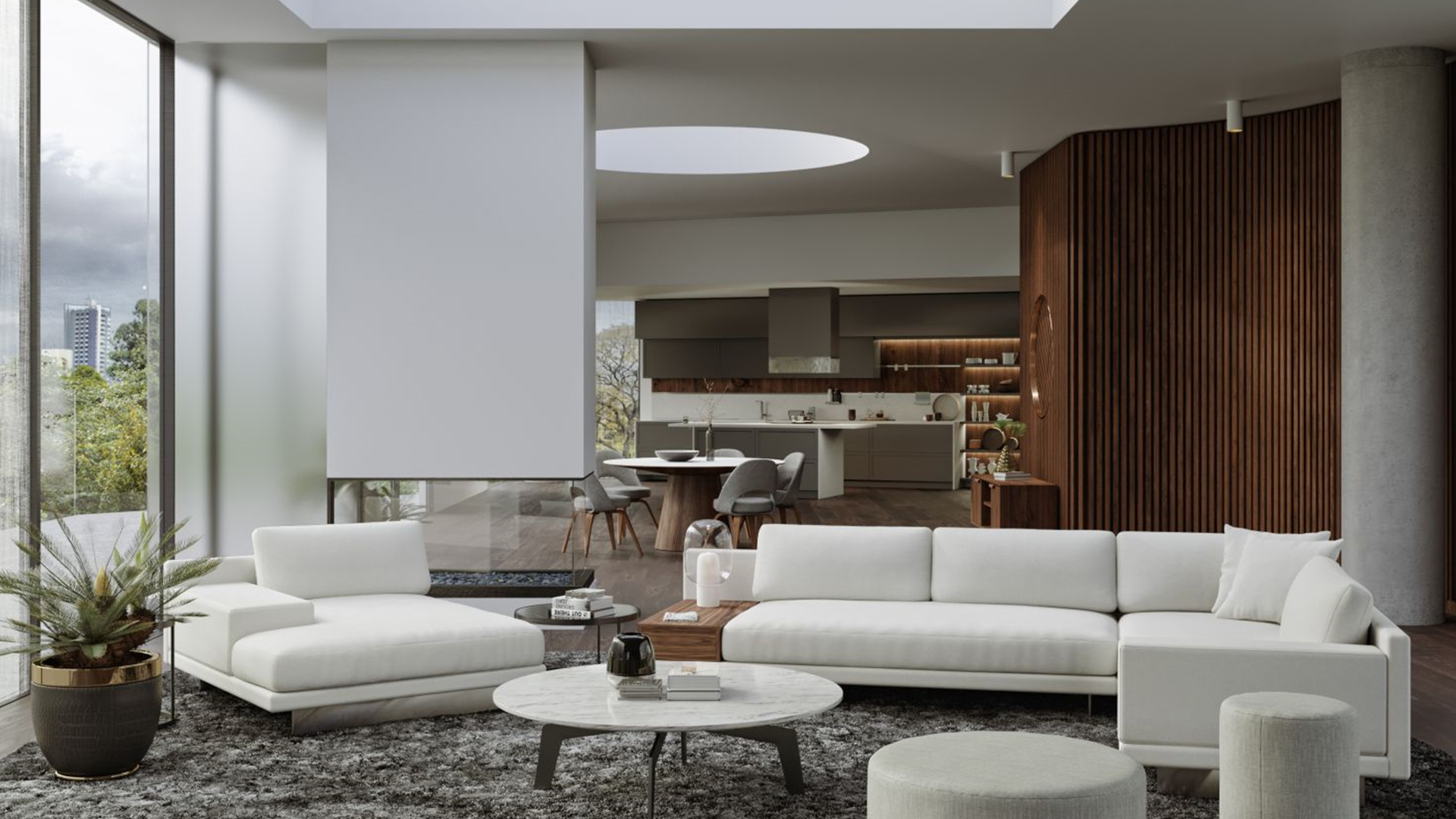
8. Define Zones with Rugs
Open-plan rooms can sometimes feel disorganized, especially when small. Rugs are an easy, non-permanent DIY solution:
Anchor Furniture: Use a large rug to anchor your furniture. This will help define the seating area in a living room or the dining area in a kitchen-diner. Choose a rug that is large enough to fit all the furniture legs on it.
Layer Rugs: Layer rugs to define separate zones, such as a reading nook or dining area. For example, you can place a smaller rug on top of a larger rug to create a cozy reading nook in a corner of the room.
Light Tones: Choose rugs in light tones or with subtle patterns to avoid visual clutter. Light-colored rugs will reflect more light and make the room feel brighter and more spacious. Avoid rugs with busy patterns or dark colors, as they can make the room feel smaller.
Extended Tip: Avoid using several small rugs in one room, as this can chop up the space and make it feel smaller. Instead, opt for one or two larger rugs. If you want to add some visual interest, you can choose a rug with a simple geometric pattern or a textured rug.
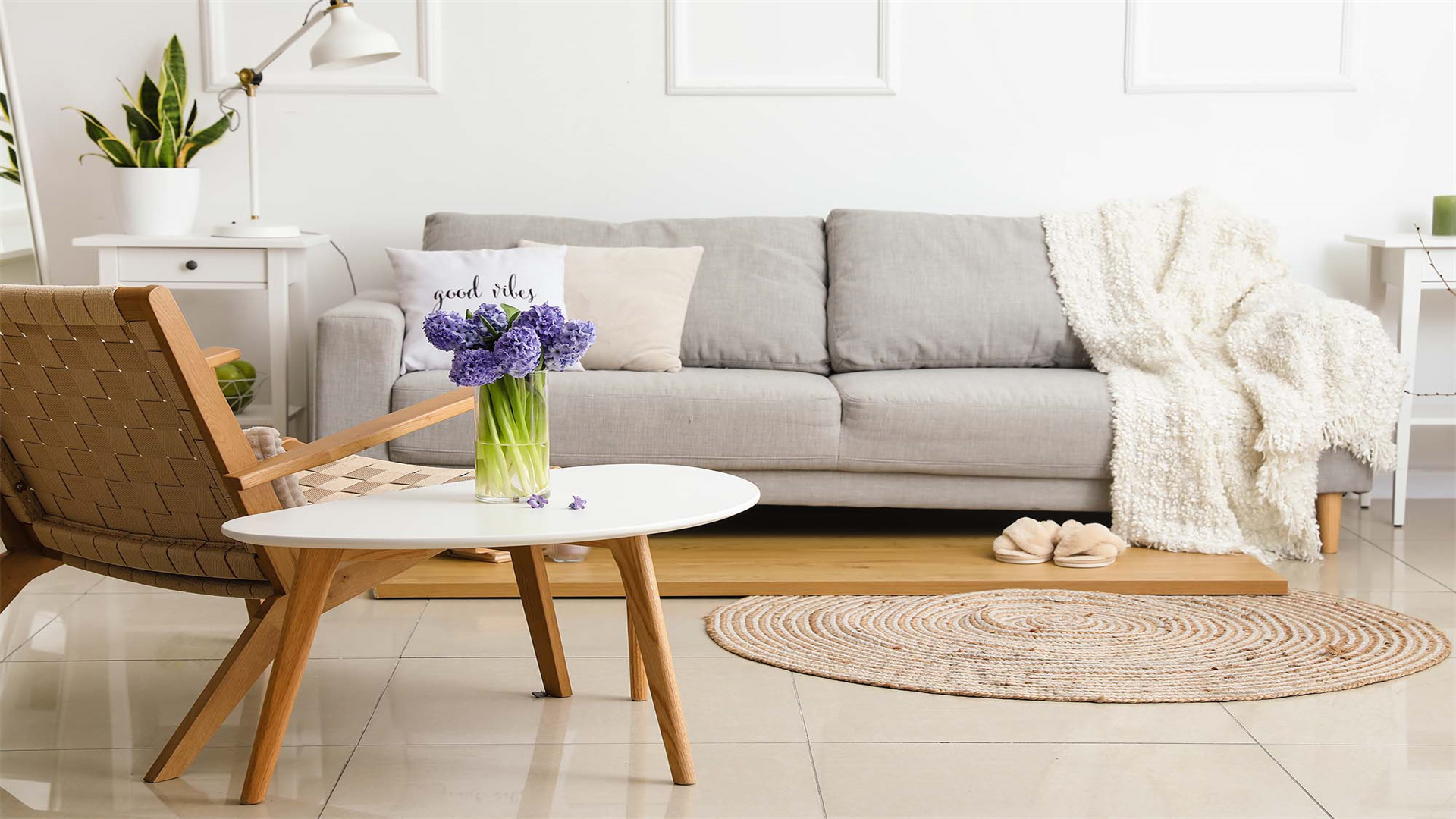
9. Incorporate Open Storage (but Not Excessively)
Open storage, such as floating shelves, ladder shelves, or wire baskets, can make a small room look lighter and more breathable. However, balance is key:
Minimal Styling: Keep the styling minimal—just a few books, plants, or baskets per shelf. Overcrowding the shelves will make the room feel cluttered and smaller. Choose a few key items to display and leave some empty space on the shelves.
Light Materials: Stick with light-colored or transparent materials. For example, choose floating shelves made of light wood or acrylic, and wire baskets in a light color. These materials will reflect more light and make the room feel more open.
Overlooked Spaces: Install shelves above doorways or in corners to utilize overlooked space. These areas are often wasted in small rooms, but they can be great places to add some extra storage. You can use floating shelves or corner shelves to make the most of these spaces.
Extended Tip: Consider using open storage to display items that are both functional and aesthetically pleasing, such as a collection of vintage books or decorative baskets. This will add a personal touch to the room while also serving a practical purpose.
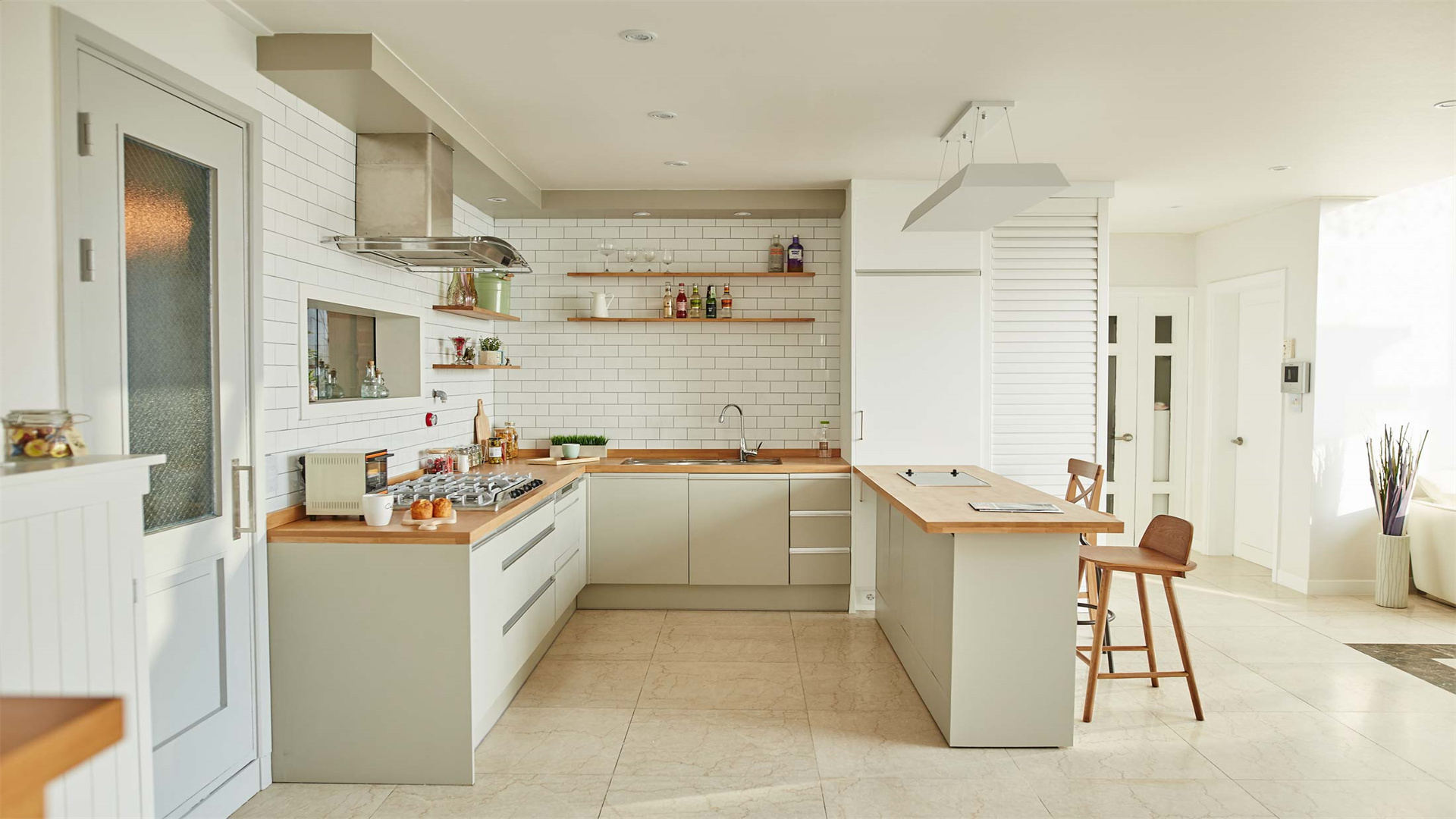
10. Keep Decor Simple and Strategic
When it comes to accessories, less is often more. One oversized piece of art is better than several small, busy ones. Here are some tips:
Eye-Level Art: Hang art at eye level to avoid cluttering upper wall space. This will also make the art more noticeable and create a focal point in the room. You can choose a large painting, a photograph, or a piece of wall art that reflects your personal style.
Large-Scale Prints: Use large-scale prints or minimalist designs. Large-scale prints will make a bold statement in the room without overwhelming it. Minimalist designs, such as simple geometric shapes or abstract patterns, can add a modern touch to the space.
Plants: Incorporate plants to bring life and vertical interest to the room. Plants can purify the air, add color, and create a more natural and inviting atmosphere. Choose plants that are suitable for the lighting conditions in your room and don't require a lot of maintenance.
Extended Tip: Try DIY-ing your own wall art or framing fabric, maps, or even wallpaper samples for a budget-friendly and personalized touch. You can create your own abstract paintings using acrylic paints and canvas, or frame a piece of fabric that matches your room's color scheme. You can also frame a map of your favorite city or a wallpaper sample with an interesting pattern.
Final Reflections
Compact spaces may require a bit more planning, but with the right DIY strategies, they can feel just as stylish and comfortable as a sprawling home. Remember: light, simplicity, and smart storage are your three best allies. So before you consider knocking down walls or dreaming of additional square footage, try working with what you’ve got—you might be surprised at how expansive your tiny space can feel. By implementing these DIY design strategies, you can transform your compact living area into a functional, beautiful, and spacious oasis that you'll love coming home to.



